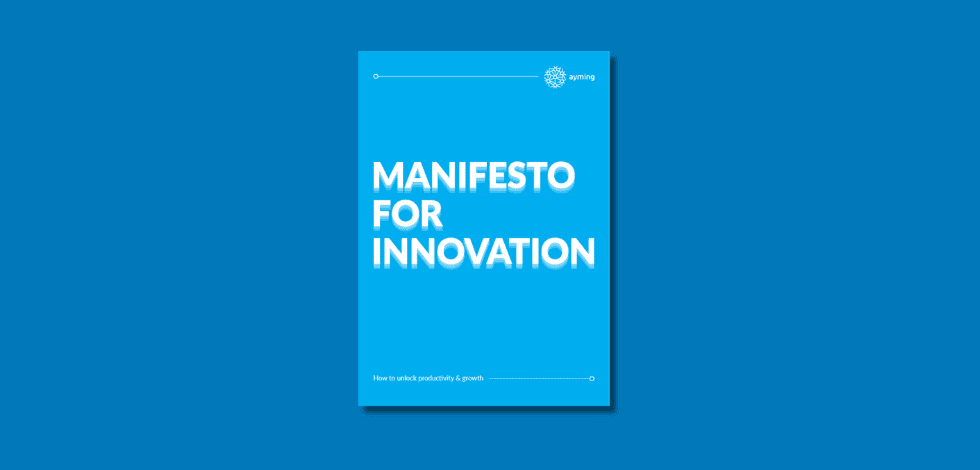The consultation on preventing abuse of HMRC’s R&D Tax Credit scheme was originally published in March of this year and then recently updated in November. Mark Smith shares his views on why he agrees on the principle of preventing abuse of the scheme, but not on the proposed cap.
It seems likely that companies making fraudulent or abusive claims will continue to do so, having found means of avoiding being affected by the new legislation. Many of the objections have already been noted in responses to the previous consultation and remain the case even in the proposed amendments.
Anecdotal evidence indicates that there is a large number of potentially abusive claims relatively small in size, i.e. under £20,000. Such claims will be unaffected by the proposed cap since they will fall below the “threshold”. More than half of all SME claims during the 2017-18 tax year fall into this category. Claims of this type constitute less than 8% of the cost of the SME R&D scheme and are a relatively low risk of revenue for the Exchequer, however I think this area should be subject to further examination to avoid abuse of the scheme. In particular, since such claims are relatively low risk (on an individual basis if not collectively), they tend to be subject to relatively little scrutiny by HMRC.
Since the proposed anti-abuse measure only affects payable R&D Tax credits, it will not affect companies which don’t claim such credits. Companies that remain profitable, or are part of profitable groups, are unaffected, since they benefit from an R&D claim in a different way. While abusive claims by such companies do not result in payments from the Government, the reduction in revenue as a result of reduced tax income is still a net loss to the Exchequer.
Preventing R&D tax credit abuse has unintended consequences
I believe that the cap will have unintended consequences, by limiting claims made by companies legitimately carrying out R&D, and by creating an additional administrative burden on both them and HMRC. The SME R&D scheme as originally introduced in 2000 included a similar cap, but was removed in 2012 on the grounds of minimal effectiveness, and being an unnecessary administrative burden both on HMRC and on companies making legitimate claims.
Even in the case of a SME that makes a claim that is not affected by the cap, there remains a substantial obstacle in the administrative burden of demonstrating that fact. Other than claims below the “threshold”, a claiming company will need to examine its PAYE/NIC liabilities, and potentially those of related companies, as well as potentially documenting its IP management processes to an as-yet undefined standard. This seems to add unnecessarily to the work required for a company to make a legitimate R&D claim, particularly given that the vast majority of companies are unlikely to be affected by the cap imposed.
Finally, there will be an additional burden on HMRC in ensuring that the cap is correctly applied. HMRC is already over-stretched in its administration of the R&D regime, as seen by the substantial delays to processing claims throughout 2019, and the creation of additional checks will only add to the workload. I think that HMRC’s resources would be better spent in enforcing the regulations as they currently exist, preventing further abuse of the regime, rather than dealing with administrative tasks that will not achieve the stated policy objective.














No Comments